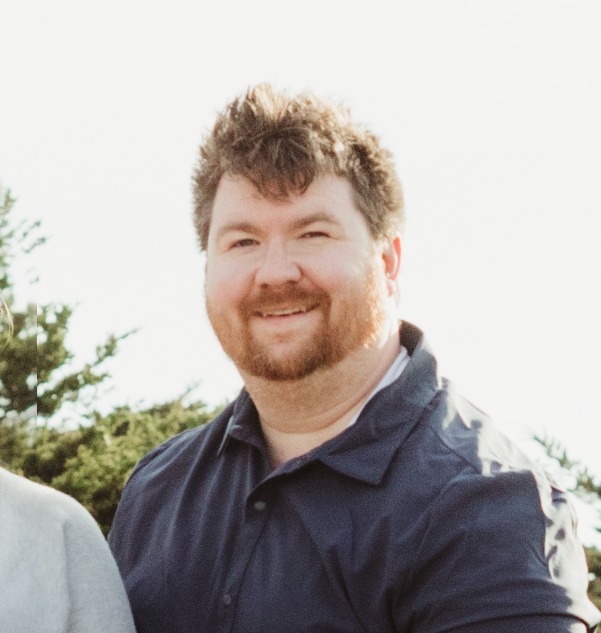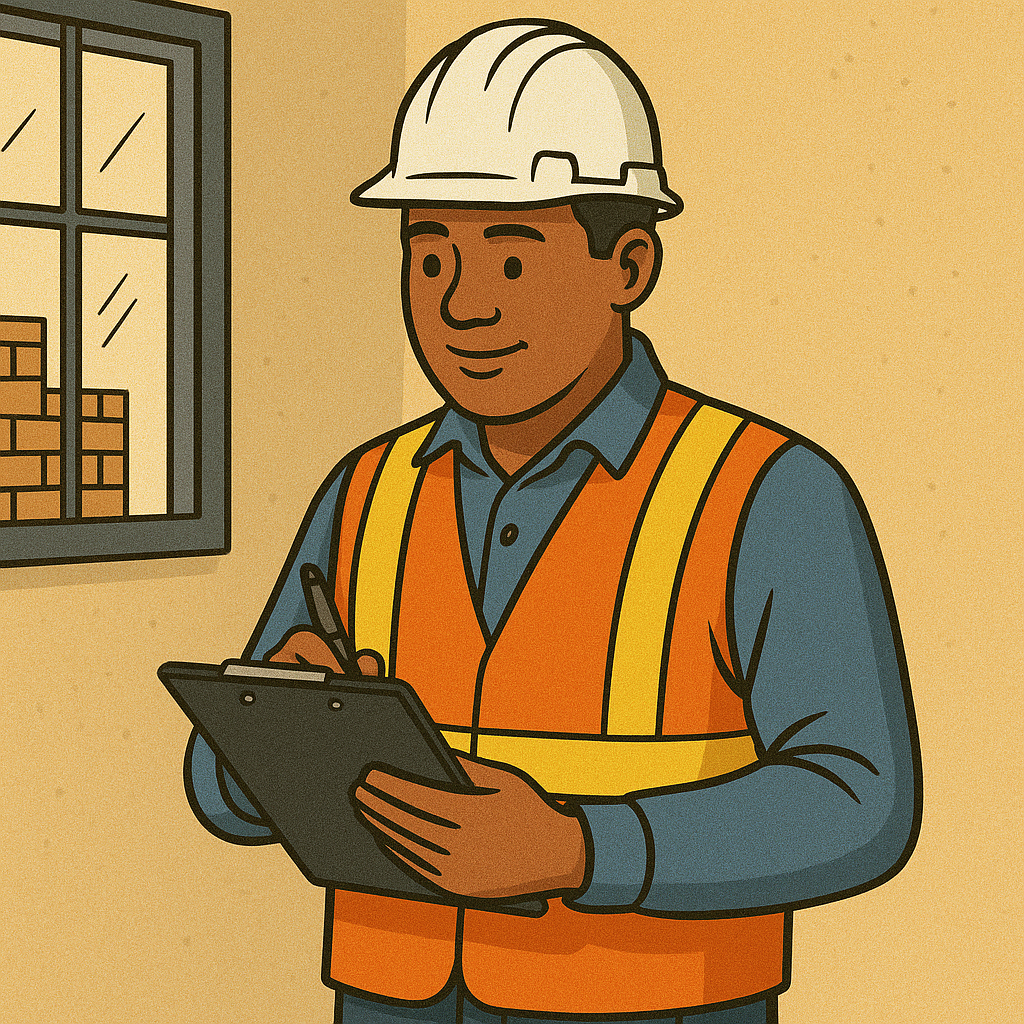
Confessions of a Burned-Out Safety Pro
If you've ever walked out of a safety meeting wondering why no one seems to care as much as you do—you're not alone.
I've been in this game long enough to know the signs. You start your career wide-eyed and ready to make a difference. You're passionate, driven, and maybe even a little idealistic. But then comes the paperwork. The endless audits. The meetings that could've been emails. The near misses swept under the rug. And the worst part? The pressure to own safety in companies where leadership treats it like a compliance checkbox, not a core value.
Welcome to burnout. Not just the regular kind—I'm talking compassion fatigue. That creeping numbness you get after caring too much, for too long, in a system that resists change.
What Burnout Looks Like in EHS
Burnout for safety professionals doesn’t always look like falling asleep at your desk or quitting your job. Sometimes, it’s more subtle. You stop pushing for improvements because you know it’ll fall on deaf ears. You stop reporting every issue because leadership never acts on them. You feel like a broken record during safety briefings, and worse—you start to question if any of it’s making a difference.
According to the World Health Organization ( https://www.who.int/news/item/28-05-2019-burn-out-an-occupational-phenomenon-international-classification-of-diseases ), burnout is characterized by "feelings of energy depletion or exhaustion, increased mental distance from one’s job, or feelings of negativism or cynicism related to one's job."
Sound familiar?
The Emotional Labor of Safety
Safety isn’t just clipboards and checklists. It’s emotional labor. We absorb a lot—fear, frustration, grief, guilt—especially when incidents happen.
When someone gets hurt, it often lands on us, even if we weren’t the one who made the call to cut corners. We’re the ones doing the root cause analysis, delivering the reports, and sometimes consoling a co-worker or family member. That kind of emotional toll adds up.
And let’s not forget the moral injury that can come from watching unsafe practices go unchallenged because “that’s just how we’ve always done it.”
Why the System Fuels Burnout
Many companies still view safety as a box to check, not a belief to live. They slap “Safety First” posters on the wall but reward output over integrity. And when you’re the one raising red flags, you’re labeled “the roadblock.”
Leadership's failure to walk the talk is one of the top reasons safety professionals become disengaged. When you’re held responsible for safety outcomes but not given authority or support to make changes, it creates a constant state of tension.
As a result, we start internalizing every failure, even when it’s systemic. That’s not sustainable.
How to Stay in the Fight Without Losing Yourself
So how do we protect our own mental health while trying to protect everyone else?
1. Stop Taking Full Ownership of What You Can’t Control
You’re responsible to the safety process, not for every unsafe act. There’s a difference. Accepting that frees you to focus your energy where it matters.
2. Build a Peer Network
Talk to other safety pros. Vent. Share wins and war stories. Communities like https://safetyknights.com/ exist for this very reason—we all need a tribe that gets it.
3. Prioritize Psychological Safety—for Yourself, Too
We preach psychological safety on the job site, but we rarely extend that grace to ourselves. It's okay to say, "I'm struggling." Consider seeking professional help if burnout is affecting your mental health. The National Safety Council ( https://www.nsc.org/workplace/workplace-wellbeing-hub ) offers mental health resources tailored for safety and frontline professionals.
4. Push for Systemic Change—Not Just Fixes
If your organization only reacts to injuries instead of preventing them, push for a shift toward a systems-thinking approach. Tools like the Hierarchy of Controls ( https://www.cdc.gov/niosh/hierarchy-of-controls/about/index.html ) or Human and Organizational Performance (HOP) aren’t just buzzwords—they’re frameworks that take pressure off individuals and address root causes.
5. Celebrate Small Wins
Not every day is a culture shift. But if someone speaks up in a toolbox talk who never used to? That’s a win. Track those moments. They remind you that change is happening—even if it's slow.
Final Thoughts
You’re not weak for feeling burned out. You’re human.
We got into this profession because we care. But caring without support is a recipe for exhaustion. So speak up, lean on your peers, and keep the fire lit—but don’t let it burn you down.
What’s your experience been like with burnout in safety? How do you manage it?
Drop a comment or share your story—because someone else probably needs to hear it.
About Safety Knights
Safety Knights is a free, global community where Environmental, Health, and Safety (EHS) professionals connect, learn, and grow. Our mission is to make workplace safety a priority by providing a trusted hub for insights and resources.
Whether you're an industry expert, new to the field, or simply passionate about safety, Safety Knights is your space to thrive.
Why join Safety Knights?
● Connect with a Global Community: Share experiences, ask questions, and get real-world advice in a supportive, judgment-free zone. You can even post anonymously to ensure you always feel comfortable seeking support.
● Access 24/7 Free Support: Our community is always on. There are no membership fees or restrictions, just around-the-clock advice, discussions, and valuable resources.
● Find Everything in One Place: Explore a wealth of resources, including curated articles, podcasts, training programs, and practical guides—all carefully selected by the safety community to help you succeed in your role.
Join our dynamic community to grow your expertise, engage in meaningful conversations, and help ensure safety takes center stage.
Join the Safety Knights Community Today - https://safetyknights.com/join-us

Comments (3)

Great information Branden. I seen something else very similar to your post earlier this morning. There are many days I sometimes wish I was just a "normal" worker. I cannot just friend someone on Facebook like other coworkers do. I'm always technically working, etc. Thankfully, our HR manager is in a similar situation so we do use each other to vent to from time to time. Having safety forums and groups where Safety folks can share and even just chat about normal life is so important. I used to belong to another safety forum that is now no longer. We had a thread group where it was just for venting. No judgement. Just a place where we could blow off steam if needed.
Besides the issues of getting out to conferences in person due to my caregiving duties at home, I'm also quite a bit of an introvert. However, the last few years I've been really trying at building up my network and actually getting to know folks. (one of the reasons I've been more active also on LinkedIn and the forums). For example, last week I was able to travel to one of our other locations for the day. I was also able to slip away that day for lunch with a former occmed clinic manager whom I've become friends with over the years. Yes, we talked some about work, but even better we just chatted about life in general, something that has been difficult to do lately because of not being able to get away from work and my caregiving duties.